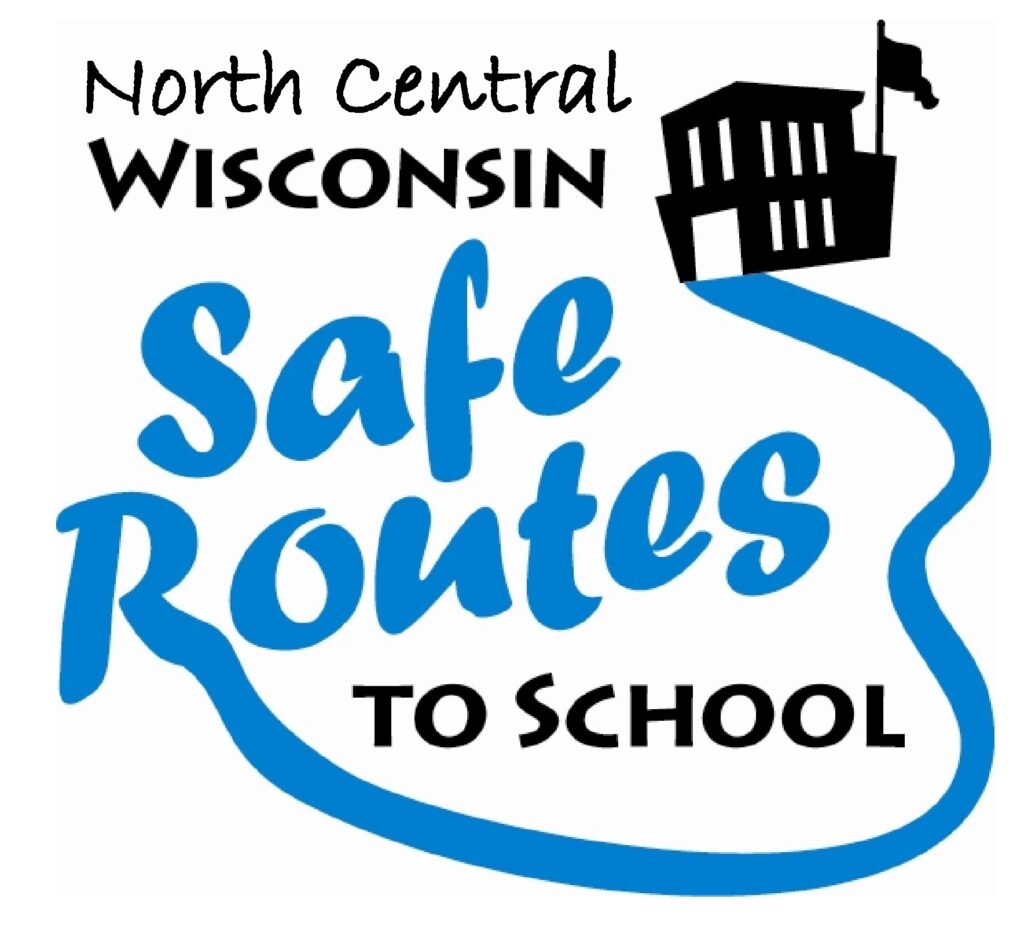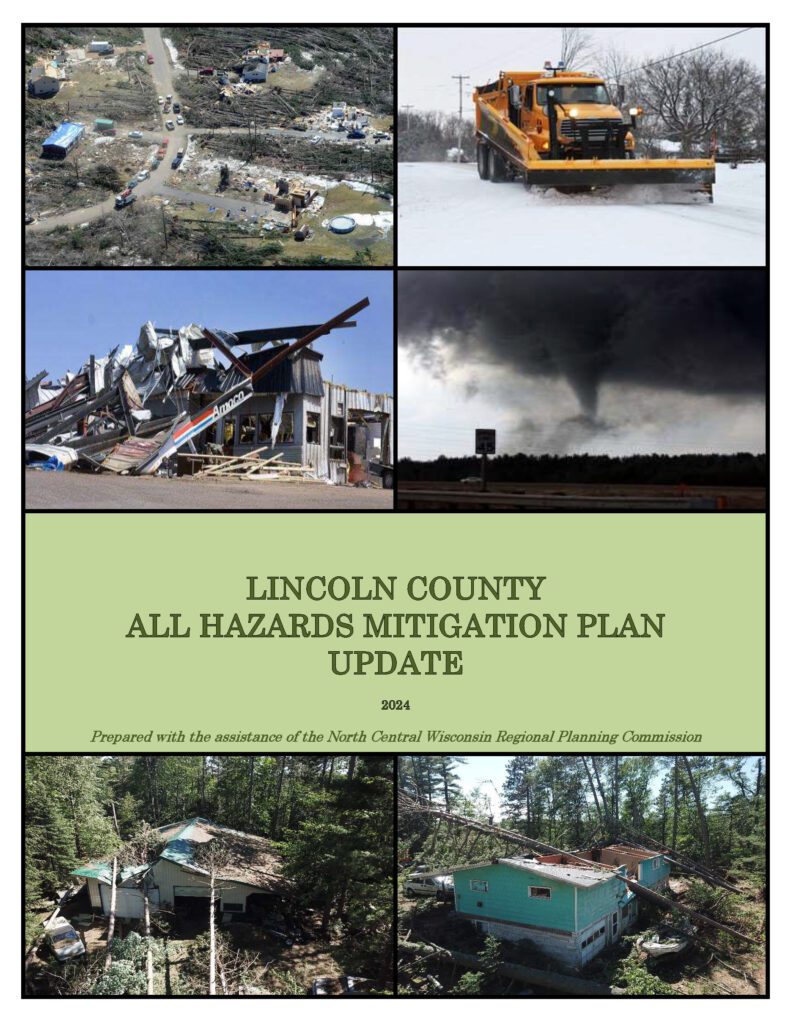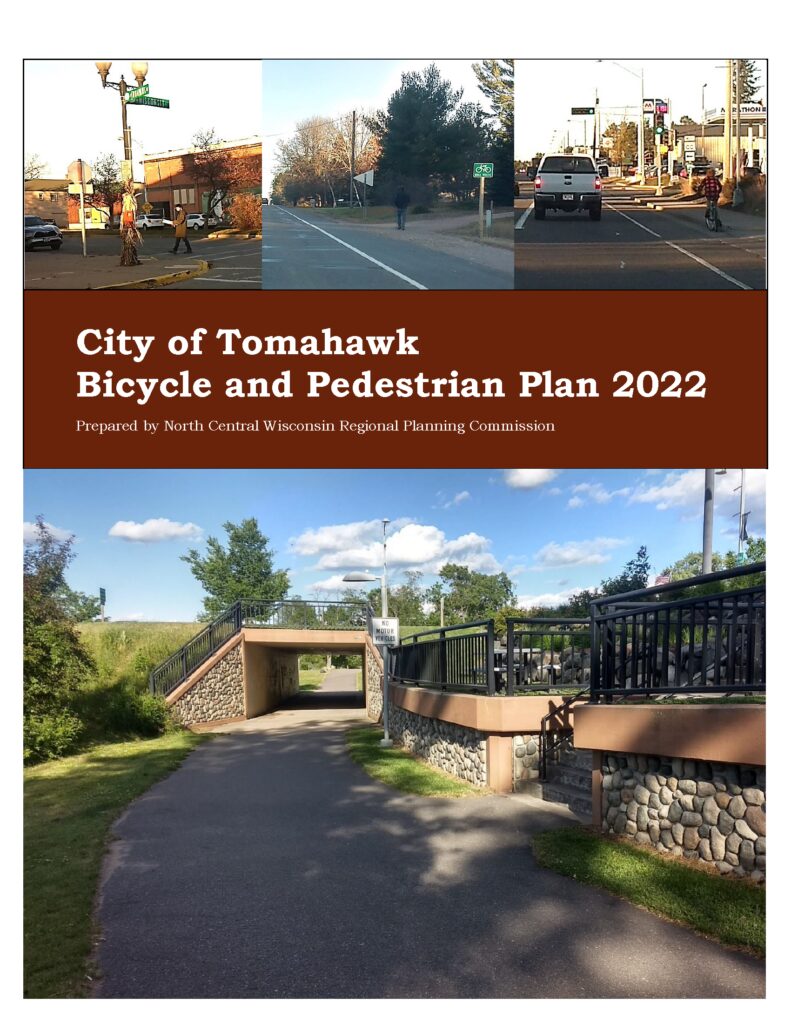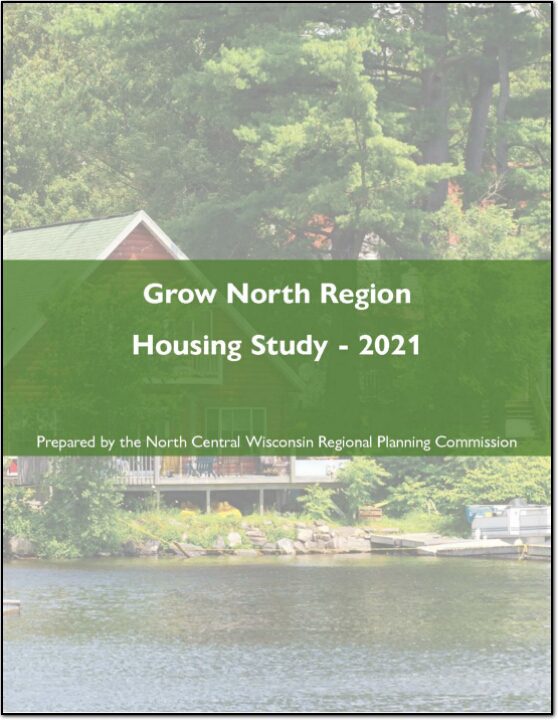
Safe Routes to School (SRTS) programs are an opportunity to make walking and bicycling to school safer for children in grades K-12, and to increase the number of children who choose to walk and bicycle. On a broader level, SRTS programs can enhance children’s health and well-being, ease traffic congestion near the school, and improve community members’ overall quality of life.
Planning Process and Schedule
In 2024, the City of Tomahawk, St Mary Catholic School, and the School District of Tomahawk won a WisDOT SRTS planning grant to create a SRTS Plan for each public school in the District.
Spring 2025 – School District of Tomahawk and St Mary Catholic School to perform transportation surveys (e.g., Student Tallies & Parent Surveys).
Fall 2025 – The City of Tomahawk, St Mary Catholic School, and the School District of Tomahawk to begin SRTS Planning with the assistance of the North Central Wisconsin Regional Planning Commission (NCWRPC). The NCWRPC is guiding the Tomahawk SRTS Task Force through the planning process.
Summer & Fall 2025 – Data collection to occur. Further analysis with the SRTS Task Force will occur throughout the 2025-2026 school year.
Plan development to occur in 2025.
Plan review and revision will occur throughout the 2025-2026 school year.
Plan adoption is anticipated in summer/fall 2026.
Implementation of the Tomahawk SRTS Plan can begin anytime after adoption, and through many years later.
Schools in Tomahawk SRTS Plan:
St Mary Catholic School (PK-5)
Tomahawk Elementary (4K-5)
Tomahawk Middle School (6-8)
Tomahawk High School (9-12)
St Mary Catholic School (grades PK-5)
Map 3A – Site Assessment (Not available yet.)
Map 4A – Transportation (Not available yet.)
Map 5A – School Routes (Not available yet.)
Map 6A – Recommendations (Not available yet.)
DRAFT – St Mary SRTS Action Plan (Not available yet.)
Tomahawk Elementary (grades 4K-5)
Map 3A – Site Assessment (Not available yet.)
Map 4A – Transportation (Not available yet.)
Map 5A – School Routes (Not available yet.)
Map 6A – Recommendations (Not available yet.)
DRAFT – Tomahawk Elementary SRTS Action Plan (Not available yet.)
Tomahawk Middle School (grades 6-8)
Map 3A – Site Assessment (Not available yet.)
Map 4A – Transportation (Not available yet.)
Map 5A – School Routes (Not available yet.)
Map 6A – Recommendations (Not available yet.)
DRAFT – Tomahawk Middle School SRTS Action Plan (Not available yet.)
Tomahawk High School (grades 9-12)
Map 3A – Site Assessment (Not available yet.)
Map 4A – Transportation (Not available yet.)
Map 5A – School Routes (Not available yet.)
Map 6A – Recommendations (Not available yet.)
DRAFT – Tomahawk High School SRTS Action Plan (Not available yet.)
Make questions or comments about the planning here.
(Email link to submit comments on this plan.)





